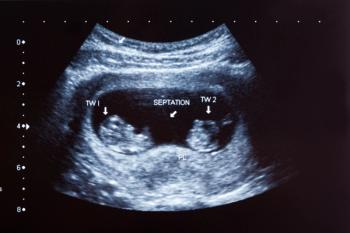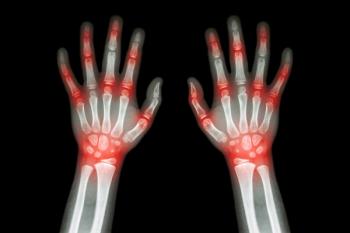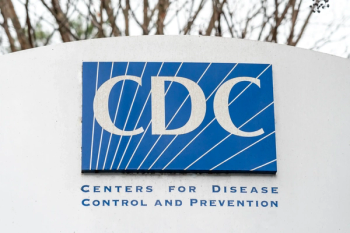
Review some of the top stories from the Contemporary OB/GYN website over the last week, and catch up on anything you may have missed.

Review some of the top stories from the Contemporary OB/GYN website over the last week, and catch up on anything you may have missed.

In a recent study, personal preference was the most common reason for people who gave birth not to use prenatal telehealth care.

In a recent study, an association was found between gastrointestional treatment type and perceived infertility risk.

In a recent study, the association between adverse pregnancy outcomes and cardiovascular risks was increased among overweight and obese individuals.

In a recent study, women with worse mental and gastrointestinal health had stronger menopausal symptoms.

Review some of the top stories from the Contemporary OB/GYN website over the last week, and catch up on anything you may have missed.

In a recent study, adverse neonatal outcomes were more common among individuals with a time above the target range of 10% or more when receiving continuous glucose monitoring for gestational diabetes mellitus screening.

In a recent study, cell-free DNA screening had high rates of detecting trisomy 21 in twin gestations.

In a recent study, hot flashes were indicated to be an underlying risk factor for cardiovascular disease.

Recent data from the CDC has indicated provider recommendation increases vaccine coverage among pregnant women.

Commons forms of osteoarthritis, as well as prevention methods, were discussed at The Menopause Society 2023 annual conference.

In a recent study, the risk of cerebral palsy was slightly increased among children conceived in the winter and spring compared to summer.

Ahead of the first fall and winter virus seasons in which vaccines are available for COVID-19, influenza, and respiratory syncytial virus (RSV), the Centers for Disease Control and Prevention is recommending Pfizer’s maternal vaccine to protect newborns from severe RSV illness.

In a recent study, the 2013 WHO criteria for diagnosing gestational diabetes mellitus had a low sensitivity when used in individuals in low-risk early pregnancy.

A recent study found immigrants are less likely to receive postpartum care in states that restrict insurance coverage.

In a recent study, increased health risks were seen in women who received premenopausal bilateral oophorectomy when under the age of 46 years.

Review some of the top stories from the Contemporary OB/GYN website over the last week, and catch up on anything you may have missed.

To kick off Hispanic Heritage Month, Katherine Bianco, MD, director of the Maternal Congenital Heart Program, Standford Medicine Children's Health, discusses how a diverse health care population can improve patient outcomes.

Amy Taneja, MD, discusses the results of the RUBY study, which evaluated the efficacy of the JADA device in women with postpartum bleeding and postpartum hemorrhage.

Study authors from a poster highlighted at the 2023 Society of OB/GYN Hospitalists Annual Clinical Meeting suggest that implementing a standardized oxytocin infusion protocol may increase patient safety, while simultaneously reducing the rate of postpartum hemorrhage.

Sean Esplin, MD, maternal-fetal medicine physician, senior medical director for women’s health, professor, Department of OB/GYN, University of Utah, discusses his presentation on advanced fetal heart rate monitoring interpretation at the 2023 Society of OB/GYN Hospitalists Annual Clinical Meeting in Chicago, Illinois.

In a poster featured at the 2023 Society for OB/GYN Hospitalists Annual Clinical Meeting, study investigators underline the importance of aesthetics in cesarean section closures as both providers and patients.

Review some of the top stories from the Contemporary OB/GYN website over the last week, and catch up on anything you may have missed.

In a recent article, authors discussed approaches obstetricians and gynecologists should take in hernia repair based on a patient’s risk status.

In a recent study, reduced rates of iron anemia were found among patients who received iron supplementation during prenatal visits.